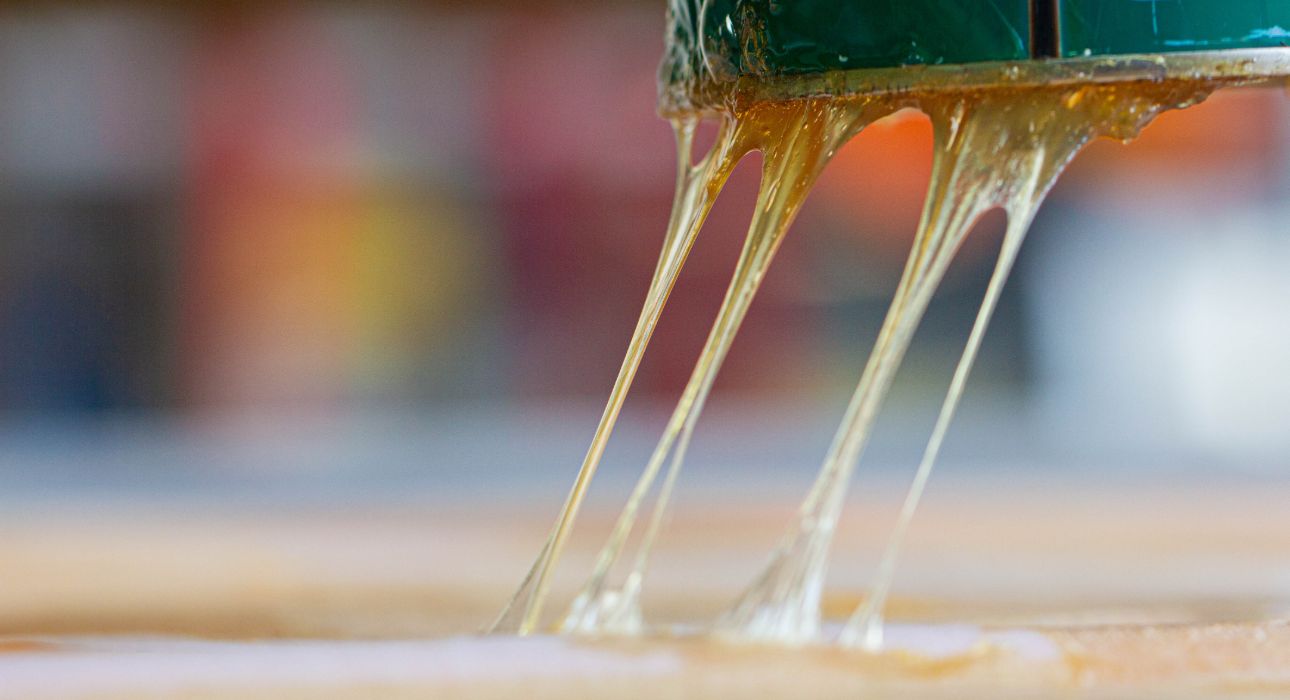What is Speciality Chemicals?

Speciality chemicals are materials used on the basis of their performance or function. Consequently, in addition to “effect” chemicals they are sometimes referred to as “performance” chemicals or “formulation” chemicals. They can be unique molecules or mixtures of molecules known as formulations. The physical and chemical characteristics of the single molecules or the formulated mixtures of molecules and the composition of the mixtures influences the performance end product.
List of Speciality chemicals in India
1.Adhesives

The earliest known use of adhesives was discovered in central Italy when two stone flakes partially covered with birch-bark tar and a third uncovered stone from the Middle Pleistocene era (circa 200,000 years ago) were found. This is thought to be the oldest discovered human use of tar-hafted stones.
The birch-bark-tar adhesive is a simple, one-component adhesive. A study from 2019 showed that birch tar production can be a very simple process—merely involving the burning of birch bark near smooth vertical surfaces in open air conditions. Although sticky enough, plant-based adhesives are brittle and vulnerable to environmental conditions. The first use of compound adhesives was discovered in Sibudu, South Africa. Here, 70,000-year-old stone segments that were once inserted in axe hafts were discovered covered with an adhesive composed of plant gum and red ochre (natural iron oxide) as adding ochre to plant gum produces a stronger product and protects the gum from disintegrating under wet conditions The ability to produce stronger adhesives allowed middle Stone Age humans to attach stone segments to sticks in greater variations, which led to the development of new tools.
More recent examples of adhesive use by prehistoric humans have been found at the burial sites of ancient tribes. Archaeologists studying the sites found that approximately 6,000 years ago the tribesmen had buried their dead together with food found in broken clay pots repaired with tree resins.Another investigation by archaeologists uncovered the use of cements to fasten ivory eyeballs to statues in Babylonian temples dating to approximately 4000 BC.
In 2000, a paper revealed the discovery of a 5,200-year-old man nicknamed the “Tyrolean Iceman” or “Ötzi”, who was preserved in a glacier near the Austria-Italy border. Several of his belongings were found with him including two arrows with flint arrowheads and a copper hatchet, each with evidence of organic glue used to connect the stone or metal parts to the wooden shafts. The glue was analyzed as pitch, which requires the heating of tar during its production. The retrieval of this tar requires a transformation of birch bark by means of heat, in a process known as pyrolysis.
The first references to adhesives in literature appeared in approximately 2000 BC. Further historical records of adhesive use are found from the period spanning 1500–1000 BC. Artifacts from this period include paintings depicting wood gluing operations and a casket made of wood and glue in King Tutankhamun’s tomb. Other ancient Egyptian artifacts employ animal glue for bonding or lamination. Such lamination of wood for bows and furniture is thought to have extended their life and was accomplished using casein (milk protein)-based glues. The ancient Egyptians also developed starch-based pastes for the bonding of papyrus to clothing and a plaster of Paris-like material made of calcined gypsum.
From AD 1 to 500 the Greeks and Romans made great contributions to the development of adhesives. Wood veneering and marquetry were developed, the production of animal and fish glues refined, and other materials utilized. Egg-based pastes were used to bond gold leaves incorporated various natural ingredients such as blood, bone, hide, milk, cheese, vegetables, and grains.The Greeks began the use of slaked lime as mortar while the Romans furthered mortar development by mixing lime with volcanic ash and sand. This material, known as pozzolanic cement, was used in the construction of the Roman Colosseum and Pantheon.The Romans were also the first people known to have used tar and beeswax as caulk and sealant between the wooden planks of their boats and ships.
In Central Asia, the rise of the Mongols in approximately AD 1000 can be partially attributed to the good range and power of the bows of Genghis Khan’s hordes. These bows were made of a bamboo core, with horn on the belly (facing towards the archer) and sinew on the back, bound together with animal glue.
In Europe, glue fell into disuse until the period AD 1500–1700.[14] At this time, world-renowned cabinet and furniture makers such as Thomas Chippendale and Duncan Phyfe began to use adhesives to hold their products together. In 1690, the first commercial glue plant was established in The Netherlands. This plant produced glues from animal hides.In 1750, the first British glue patent was issued for fish glue. The following decades of the next century witnessed the manufacture of casein glues in German and Swiss factories.In 1876, the first U.S. patent (number 183,024) was issued to the Ross brothers for the production of casein glue.
The first U.S. postage stamps used when issued in 1847. The first US patent (number 61,991) on dextrin (a starch derivative) adhesive was issued in 1867.
Natural rubber was first used as material for adhesives starting in 1830,which marked the starting point of the modern adhesive.In 1862, a British patent (number 3288) was issued for the plating of metal with brass by electrodeposition to obtain a stronger bond to rubber.The development of the automobile and the need for rubber shock mounts required stronger and more durable bonds of rubber and metal. This spurred the development of cyclized rubber treated in strong acids. By 1927, this process was used to produce solvent-based thermoplastic rubber cements for metal to rubber bonding.
Natural rubber-based sticky adhesives were first used on a backing by Henry Day (US Patent 3,965) in 1845. Later these kinds of adhesives were used in cloth backed surgical and electric tapes. By 1925, the pressure-sensitive tape industry was born.Today, sticky notes, and other tapes are examples of pressure-sensitive adhesives (PSA)
A key step in the development of synthetic plastics was the introduction of a thermoset plastic known as Bakelite phenolic in 1910. Within two years, phenolic resin was applied to plywood as a coating varnish. In the early 1930s, phenolics gained importance as adhesive resins.
The 1920s, 1930s, and 1940s witnessed great advances in the development and production of new plastics and resins due to the First and Second World Wars. These advances greatly improved the development of adhesives by allowing the use of newly developed materials that exhibited a variety of properties. With changing needs and ever evolving technology, the development of new synthetic adhesives continues to the present. However, due to their low cost, natural adhesives are still more commonly used
2.Agrichemicals

3.Cleaning materials

4.colors

5.Cosmetic Additives

6.Construction chemicals

7.Elastomers
.jpg?h=234&w=350&hash=44B51DA53741A3D3A5BC52EF78EDB9DA6AA9BC64)
8.Flavors

9.Food Additives

10.Fragrances

11. Industrial Gases

12. Lubricants
.jpg)
13.Paints

14. Polymers
.jpg)
15.Surfactants

16.Textile auxiliaries

